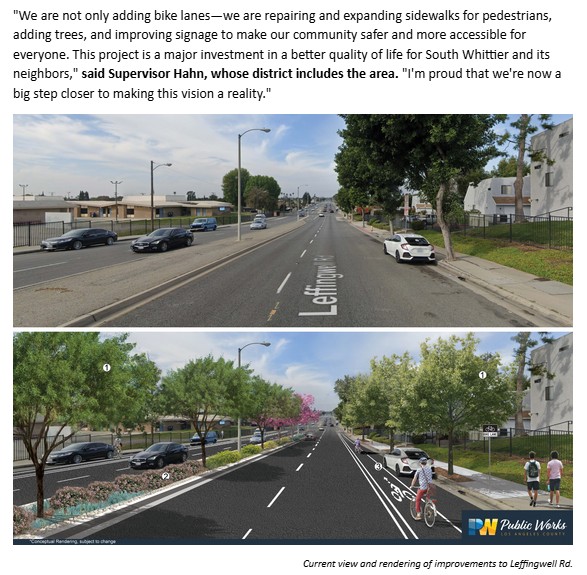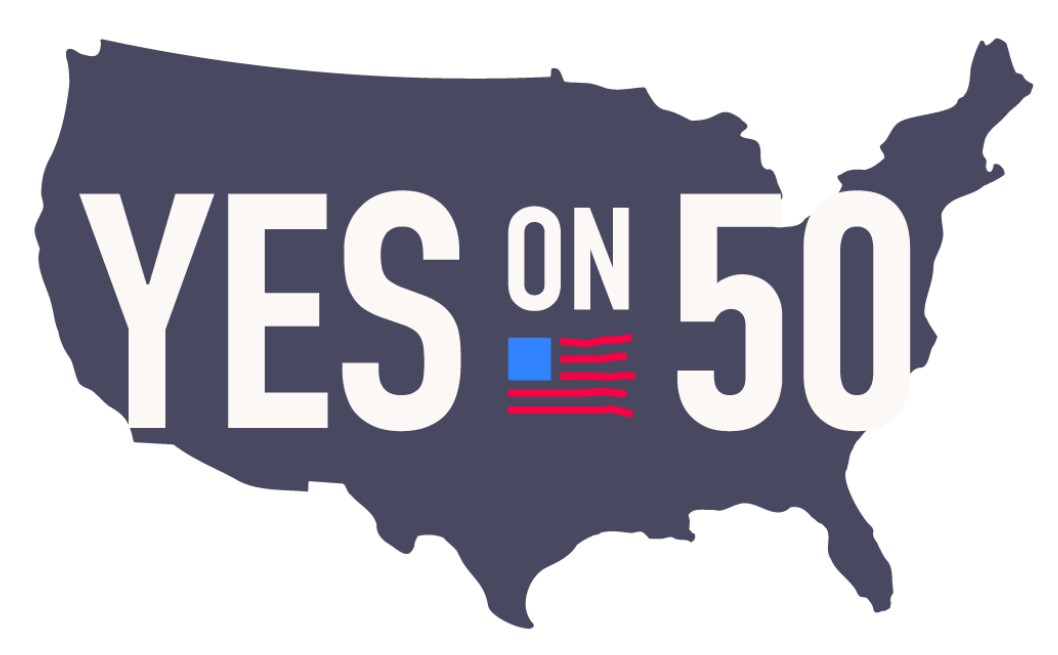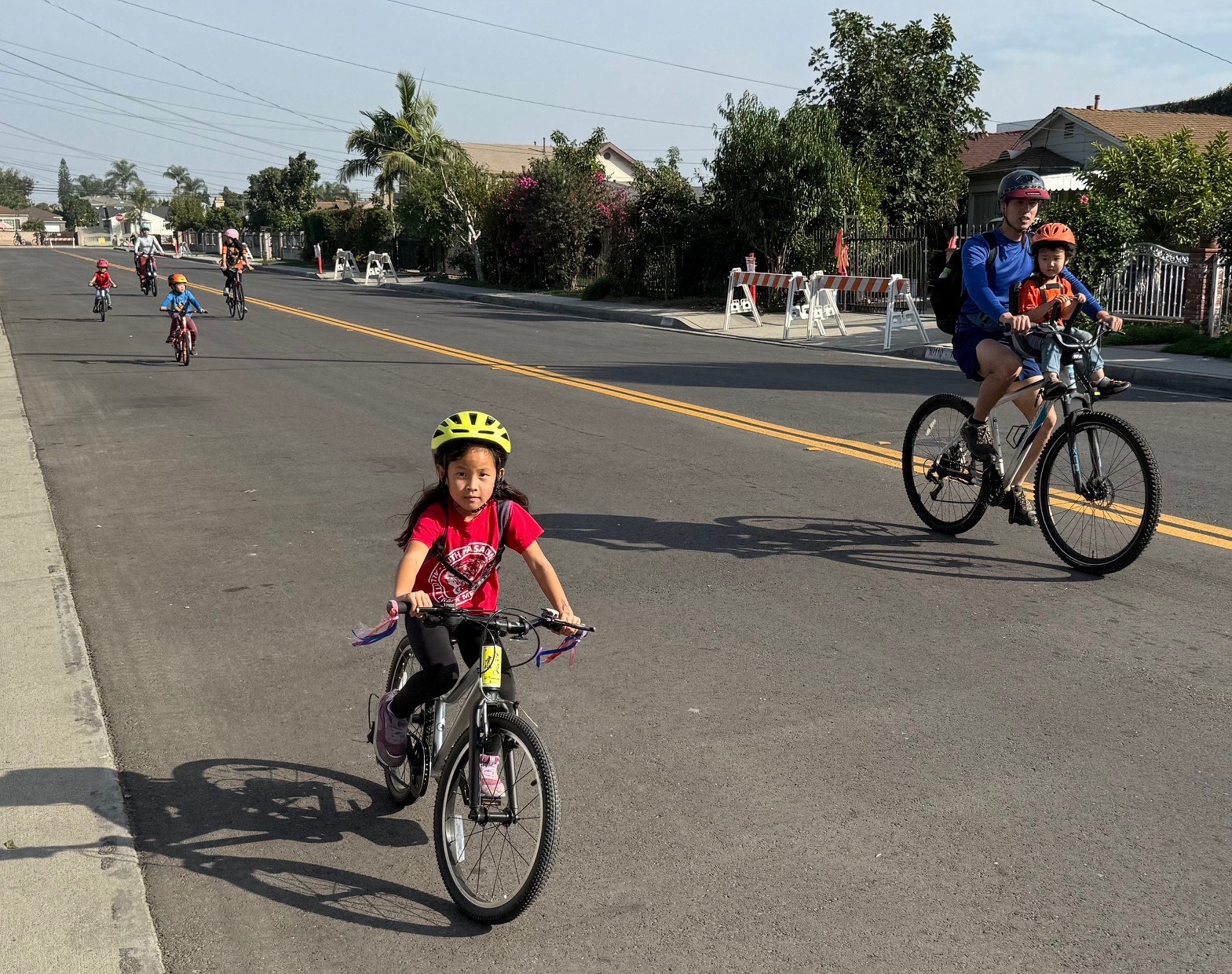This post is part of a series featuring stories and research that will be presented at the Pro-Walk/Pro-Bike/Pro-Place conference September 8-11 in Pittsburgh.
Nationally, more than 14,000 schools have taken part in Safe Routes to School programs. Though dedicated federal funding was stripped out in the current transportation law, SRTS funds have helped improve sidewalks, crosswalks, bike lanes, and other infrastructure near schools, as well as education and enforcement. However, most SRTS projects are in urban and suburban settings. Rural areas have their own distinct challenges when it comes to walking and biking.

One rural region is trying to overcome those challenges. Ashley Christensen, the regional SRTS liaison for a six-county area in northeastern Iowa known as Upper Explorerland, says that when the state DOT and the non-profit Iowa Food and Fitness Initiative started the region's Safe Routes program in 2008, there was no information out there with guidance about how to build a SRTS program in a rural setting.
"We know no other region in Iowa had worked on one when we started and are pretty confident that statement holds true for the rest of the U.S., too," Christensen told Streetsblog.
With distances between home and school far longer than in urban areas and safe walking infrastructure far less common, Upper Explorerland’s SRTS program had its work cut out for it. "Rural areas typically do not have the sidewalks, crosswalks, etc. that urban settings do, so SRTS work in a rural setting has the unique challenge -- or opportunity, as I like to think of it -- of utilizing what is available and advocating for more pedestrian accommodations,” Christensen said.
The Northeast Iowa schools do similar activities to other Safe Routes locations: walking school buses and bicycle trains chaperoned by parents; bike rodeos to teach bicycle safety and road skills. But they also use techniques that might not be needed in denser areas, like remote drop-offs. A remote drop-off functions like a park-and-ride, where parents meet in a parking lot and walk their kids the rest of the way to school. All told, the programs reach 10,000 students from 20 school districts and six private schools in a rural area the size of Connecticut.
While some of the schools in the Upper Explorerland SRTS jurisdiction are located in walkable communities, others are “located along major highways in the middle of a cornfield, miles away from the nearest community,” Christensen reports.
In fact, it was the wide dispersal of residents that inspired the Food and Fitness Initiative to start up the SRTS program. The non-profit realized that in areas of such low population density, schools are often key social hubs -- places that can support fitness and good health.
There are four principal categories of schools in the region: single K-12 buildings in one town, single K-12 buildings isolated in the countryside miles from the nearest town, multiple school buildings in one town, and multiple school buildings in multiple towns. Each profile requires its own unique approach. And sometimes, that approach is simply understanding that promoting active travel to school won’t work.

“For our schools which are hard to reach by foot due to isolation, we realize that sometimes it is just not safe or practical to walk or bike,” Christensen wrote in a report to U.S. DOT [PDF]. “However, we also realize just how imperative physical activity is for healthy growth and development, so we do not let the issue of isolation stand in our way. Instead, we help schools promote physical activity throughout the school day.”
That’s where mileage clubs come in, allowing students to earn rewards for walking around a track or in the gym. Some teachers try to fit physical movement into their regular lesson plans, using techniques like “Story in Motion,” where students act out stories. Some schools take school-wide activity breaks for the Chicken Dance or push-ups. These might be great ways to get kids moving at school, but they don’t integrate active transportation into their routines.
On that score, the SRTS program still has its work cut out. Its annual report from 2013-2014 school year [PDF] shows that in the whole six-county area, about 14 percent of students walked, biked, skated, or scooted to school — a drop from 16 percent in 2012-2013 and 22 percent in 2011-2012. Among a subset of schools that "best represent" the SRTS program, active travel rates do show an increase in the 2013-2014 school year -- albeit a very slight one, from 16 percent the previous year to 17 percent.






